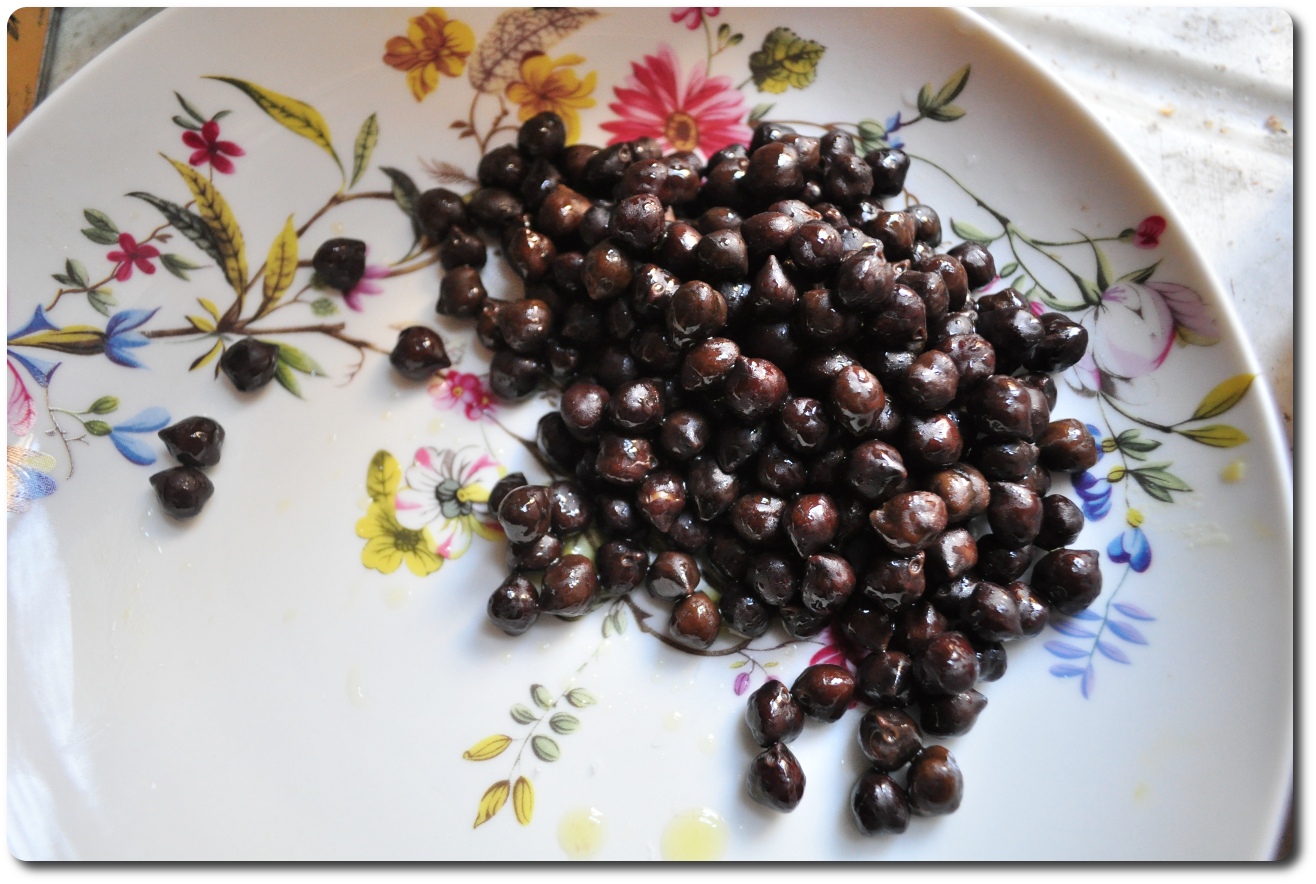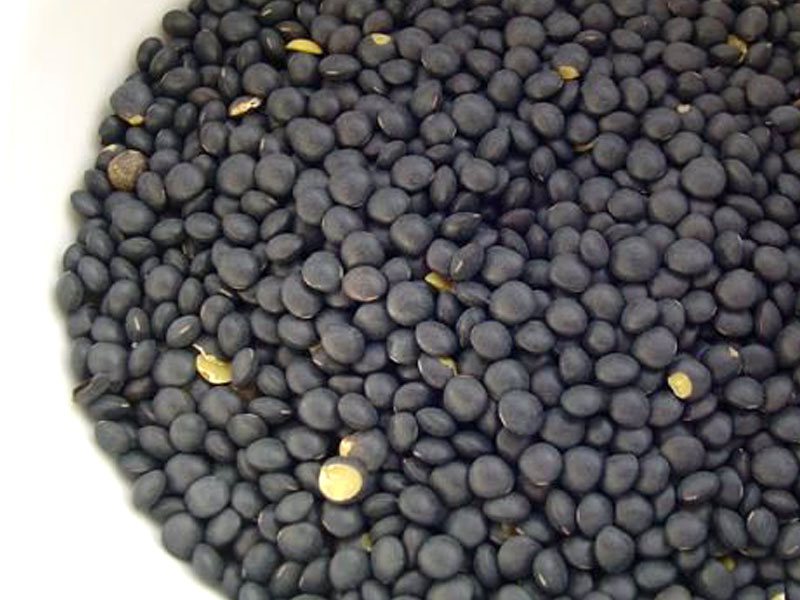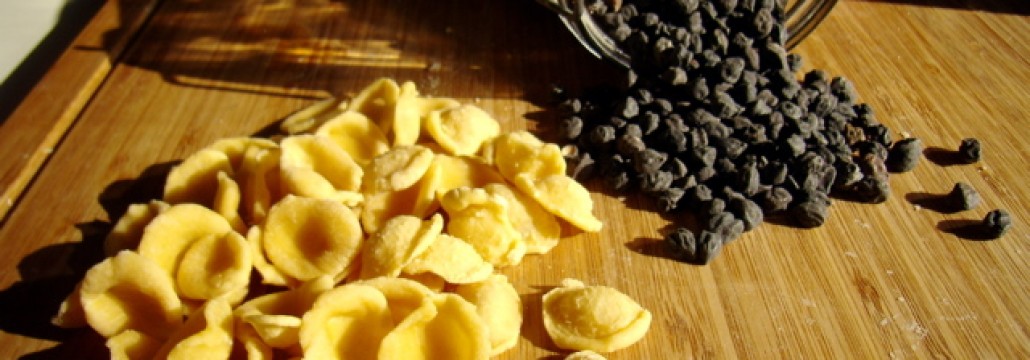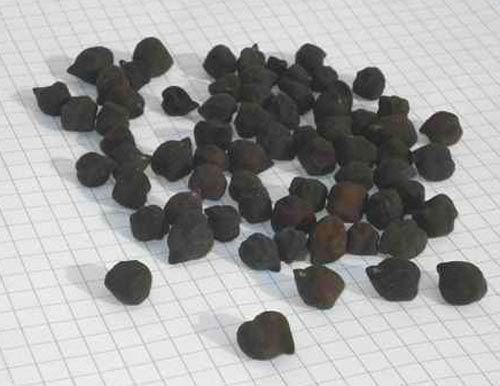
Black Chickpea
This post is also available in:
 Italiano (Italian)
Italiano (Italian)
In the past decades, black chickpea was used as an important source of protein and iron by many peasant families who could not afford meat too often.
This variety of chickpea is very resistant, doesn’t need any water and can withstand the cold and the droughts.
Today, it is no longer manually cultivated (mechanical sowing and harvesting have replaced the old traditions), but at very few farms which sow it among the rows of almond and olive trees, to exploit the fertilizing properties of this chickpea.
This peculiar variety of chickpea is native to Cassano delle Murge, in the province of Bari and it is cultivated around Cassano, Acquaviva, and Santeramo. The Murgia is a quadrangular karstic plateau roughly located in central Puglia – the part located southeast of Bari is locally known as “Murgia karst”.
The black chickpea of the Murgia karst is quite unique in shape and colour, thus very different from the common sultan chickpea: this local ecotype looks like corn grain, is much smaller (with wrinkled and irregular skin, and a hook-shaped apex), very tasty and extremely rich in fibre (three times the quantity of common chickpea) and iron. Due to its high iron concentration, it used to be recommended to pregnant women.
It has never had a thriving market, also because its consistent skin requires twelve hours of soaking and two hours of cooking.
The consumption of black chickpea used to be part of an ancient local tradition until the early 1960s. At the birth of each child, it was customary to notify the parish priest bringing him a hen as a gift. To cheer young mothers from childbirth labours and help them with breastfeeding, black chickpea broth was usually administered: it looked as black as oil but featured a jelly-like, highly nourishing texture.
Following the economic expansion of the 1960s, black chickpeas risked total extinction but survived thanks to a few stubborn farmers. The rest of them, in fact, had opted for other types of animal fodder.
This post is also available in:
 Italiano (Italian)
Italiano (Italian)
Contatti
Bari(BA)



